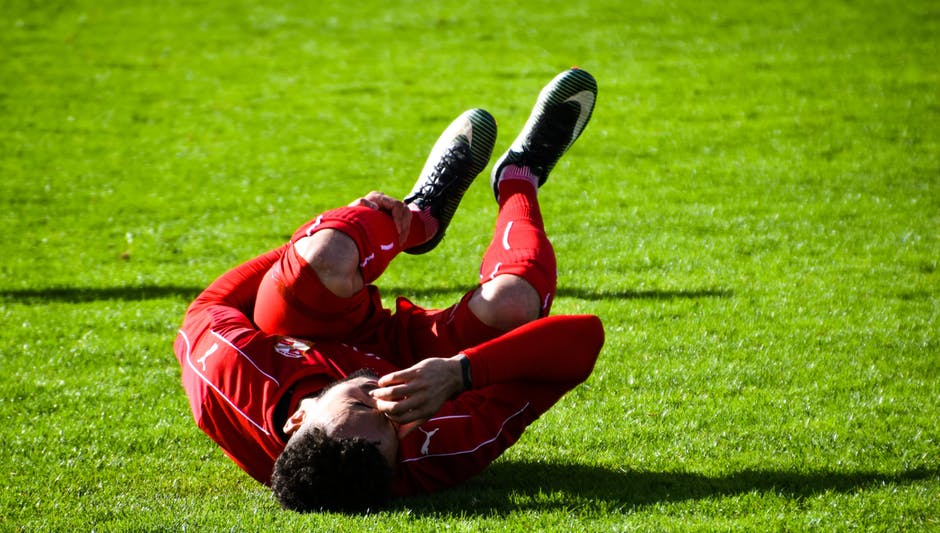
Law Makers Hope To Reduce High School Sports Injuries With Plan For New Laws And Increase The Amount Of Research In The Field Of Sport Concussions
Since 2010, 49 states have passed laws to raise awareness and cut down on high school sports injuries. These laws are called “return-to-play” laws and were first implemented after the discovery that several formal NFL players suffered long-term brain damage from concussions. However, even though first laws are already in place, lawmakers do not believe the work is done. Medical experts and lawmakers alike are calling for additional safety standards and laws to keep children safe while on the field.
A local Ohio high school student suffered several concussions while playing football and lacrosse during high school. The boy was left with injury side-effects which included headaches, concentration problems, depression, anxiety, and light sensitivity. With each new concussion, his symptoms worsened and recovery time increased. After his concussions, the boy wrote a research paper about the long-term damages of concussions. What he found was shocking. Concussions can cause long term cognitive problems, disabilities, and even death. [http://www.alicetx.com/article_0e87dc22-85f8-525e-94a9-b7d6dde7a633.html, April 2015]
Lawmakers hope that the new laws on sports safety will help not only reduce high school sports injuries, but also increase the amount of research in the field of concussions. Today, medical experts are not sure what causes concussions or how to avoid them with certainty. The uncertain data on the long-term affects of concussions have caused over 4,000 former NFL players to file lawsuits against the NFL, claiming that the sports giant withheld information about the risks of playing professional sports.
In 2006, a boy continued to play in a football match after receiving a concussion. This caused him to suffer permanent brain damage, where he spent three months in a coma. His experience led to the creation of the Lystedt Law, named after him. The Lystedt Law requires all children suspected of concussions to be removed from play and taken to a hospital or medical facility. A doctor must sign a release before the student is allowed to play again. Washington was the first state to implement the law in 2009, followed quickly by 49 other states.
However, this law may not be enough to keep high school sports injuries at bay and students safe. Statistics from the Colorado University Pediatric Injury Prevention, Education and Research Program show that concussion rates increased from 55,007 in 2005-06 to 140,057 in 2011-12. Some medical experts believe that concussions may not be on the rise as much, as in the 1990s, medical experts estimated that as many as 80 percent of all concussions went undiagnosed.
Lawmakers realize that simply pulling children from play after a concussion does nothing to stop concussions from occurring in the first place. However, after tracking the new law over three years, the Colorado University Pediatric Injury Prevention, Education and Research Program found that in the past, 16 percent of children with concussions were back in play the same day. Since the law was enacted, fewer than 2 percent of children with concussions are back in play the same day. The National Center for Catastrophic Sports Injury Research found that 2012 was the first year since 1990 that no fatalities were attributed to football in non-professional arenas.
Lawmakers realize that this law is just a first step toward making high school sports safer. Lawmakers hope to create new laws that would cause penalties for failing to comply with regulations, requiring minimum safety standards, and laws that would ensure the effectiveness of injury prevention training.




